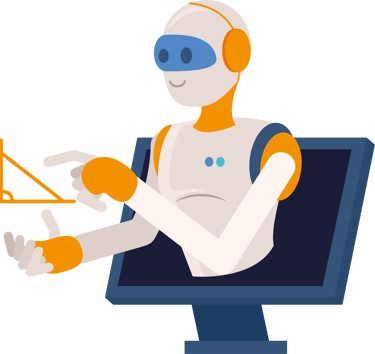
Why Traditional Literature Monitoring Needs a Rethink in Pharmacovigilance


Why Traditional Literature Monitoring Needs a Rethink in Pharmacovigilance
In the field of pharmacovigilance, literature monitoring plays a critical role in ensuring patient safety and maintaining regulatory compliance. Monitoring scientific publications for adverse events, Individual Case Safety Reports (ICSRs), and emerging drug safety signals is a mandatory part of global pharmacovigilance practices.
However, traditional methods of literature screening rely heavily on manual review, introducing inefficiencies, inconsistencies, and the potential for non-compliance. This article outlines the limitations of manual literature monitoring workflows and presents a case for adopting intelligent automation solutions tailored to the specific demands of pharmacovigilance.
Challenges in Traditional Literature Monitoring
Pharmacovigilance teams are often tasked with reviewing large volumes of medical literature from global sources such as Embase, PubMed, and region-specific journals. The process typically includes:
Retrieving relevant publications from multiple databases
Screening for potential ICSRs and other safety-relevant content
Extracting key data
Entering the information manually into safety databases such as Argus or ARISg
Ensuring accurate and timely reporting to meet regulatory deadlines
While critical to patient safety, this workflow is labor-intensive and error prone. Increasing publication volumes and stringent regulatory expectations have placed further strain on teams performing manual literature review.
Limitations of Manual Processes
The traditional manual approach to literature monitoring introduces several operational and compliance risks:
1. Increased Workload
As the number of publications grows, pharmacovigilance professionals must dedicate more time to screening and triage, which reduces time available for higher-value activities such as medical review and signal analysis.
2. Inconsistency
Manual screening is subject to variability in reviewer interpretation. This can lead to discrepancies in case identification, triage decisions, and overall quality of reporting.
3. Delayed Signal Detection
Manual workflows often delay the identification of emerging safety concerns due to the time it takes to detect, review, and validate potential signals in literature.
4. Compliance Risk
Missed ICSRs or late reporting can lead to regulatory findings and impact product safety profiles. The lack of standardization in manual review processes also makes audits and inspections more difficult.
The Need for Innovation
To meet the growing complexity of drug safety monitoring, pharmacovigilance departments are increasingly exploring automation tools that can support literature screening, ICSR detection, and signal identification.
These tools are expected to reduce manual workload, improve consistency, and enhance audit readiness. However, many solutions on the market offer generic AI capabilities that lack the specificity and regulatory alignment required in pharmacovigilance.
Introducing CoVigilAI
CoVigilAI is a specialized pharmacovigilance software platform designed to automate and optimize the literature monitoring process. Unlike general-purpose AI tools, CoVigilAI was developed specifically to meet the operational and regulatory needs of drug safety teams.
The platform leverages domain-trained Natural Language Processing (NLP) and machine learning to:
Automatically ingest literature from global sources
Identify and prioritize potential ICSRs
Detect safety signals early
Generate structured, audit-ready outputs
Integrate directly with safety systems such as Argus
CovigilAI is positioned to enhance pharmacovigilance operations by reducing manual workload, improving detection accuracy, and supporting regulatory compliance through intelligent automation.
What’s Next in the Series
In the following articles in this series:
Part 2 will provide a detailed overview of how CoVigilAI works — including ingestion, triage, and system integration.
Part 3 will share measurable outcomes from live deployments, including reductions in manual screening time and improvements in consistency and compliance.
Together, these articles offer a comprehensive look at how technology is reshaping the future of pharmacovigilance literature monitoring.


